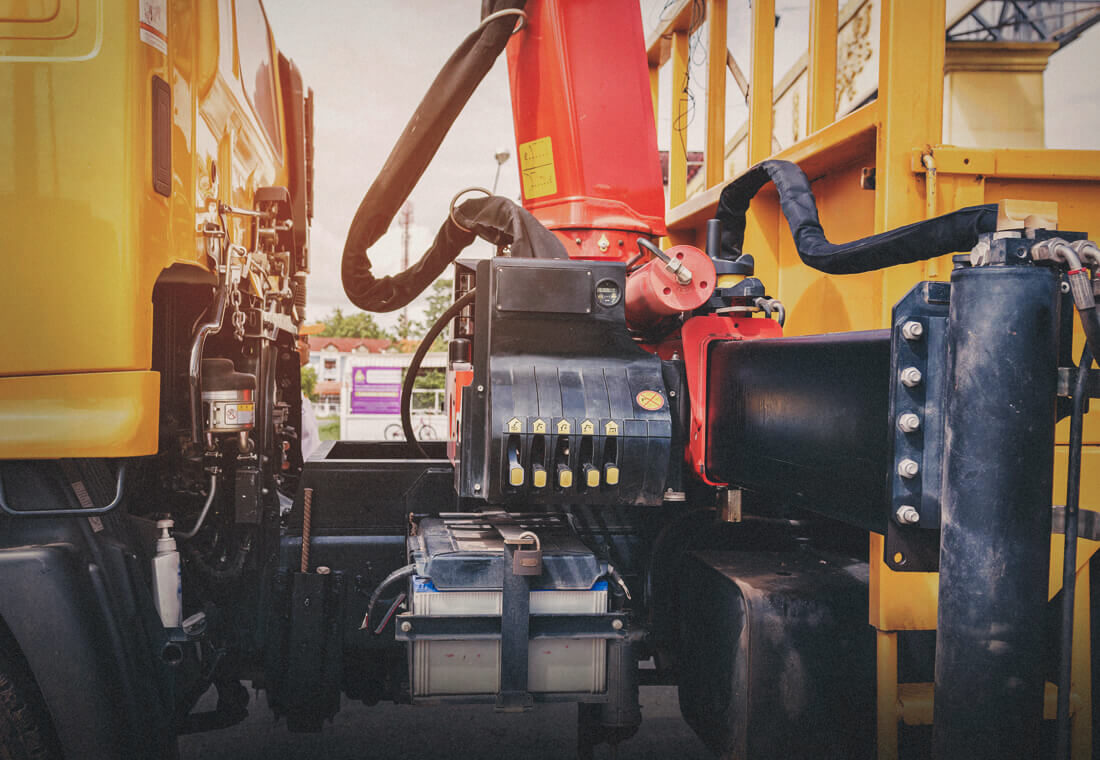Hydraulic cylinders are essential components in numerous industries, driving powerful and precise mechanical movements across various applications. From heavy machinery in construction and manufacturing to specialized equipment in agriculture, mining, and industrial sectors, hydraulic cylinders play a critical role in delivering controlled force and motion.
What is a Hydraulic Cylinder?
A hydraulic cylinder is a mechanical actuator that converts hydraulic energy into linear force and motion. By utilizing pressurized hydraulic fluid, typically oil, the cylinder produces movement in one direction (either pushing or pulling) with great force. This is why hydraulic systems are often found in high-power applications where heavy lifting, pressing, or pushing is required.
How Does a Hydraulic Cylinder Work?
At the core of the hydraulic cylinder’s operation is Pascal’s Law, which states that pressure exerted on a confined fluid is transmitted undiminished in all directions. In a hydraulic system:
- Hydraulic fluid is pumped into the cylinder’s barrel.
- The pressure of the fluid acts on the surface area of the piston within the cylinder.
- This pressure causes the piston to move in a straight line, providing the required force.
- Once the task is completed, hydraulic fluid is either released or redirected to return the piston to its original position.
Types of Hydraulic Cylinders
Hydraulic cylinders come in various types, designed to meet different needs:
- Single-Acting Cylinder: In this type, hydraulic pressure moves the piston in one direction, while an external force, such as a spring or gravity, returns it to its original position.
- Double-Acting Cylinder: Fluid is supplied alternately to both sides of the piston, enabling controlled movement in both directions.
- Telescopic Cylinder: Used when extended strokes are needed but space is limited. These cylinders consist of multiple nested tubes that extend sequentially.
- Tie-Rod Cylinder: Typically used in industrial applications, tie rods are used to hold the cylinder together, making maintenance and repairs easier.
Key Applications of Hydraulic Cylinders
Hydraulic cylinders are incredibly versatile and are used in many industries. Some common applications include:
- Construction Equipment: Excavators, loaders, bulldozers, and cranes rely heavily on hydraulic cylinders for movement and control.
- Agriculture Machinery: Tractors, harvesters, and other agricultural equipment use hydraulic cylinders for various operations like lifting and adjusting components.
- Manufacturing: Hydraulic presses, injection molding machines, and metal forming equipment often use these actuators for precision and force.
- Mining and Earthmoving: Heavy-duty machinery such as drills and dump trucks depend on hydraulic cylinders to perform under extreme conditions.
- Material Handling: Forklifts, conveyors, and lifts in warehouses and industries use hydraulic systems for moving and positioning materials.
Key Components of a Hydraulic Cylinder
- Barrel: The cylindrical body that holds the piston and hydraulic fluid.
- Piston: A moving part inside the cylinder that creates the desired force by reacting to the pressurized fluid.
- Rod: Attached to the piston, it extends out of the cylinder to transfer the mechanical force.
- Seals: Seals are critical for preventing leakage of hydraulic fluid and maintaining pressure within the cylinder.
- End Caps: These cover the ends of the cylinder and serve as entry and exit points for hydraulic fluid.
Advantages of Hydraulic Cylinders
Hydraulic cylinders are widely used for a variety of reasons:
- High Power Density: Hydraulic systems generate much more force compared to electrical or pneumatic systems of equivalent size.
- Precision and Control: Hydraulic systems can provide smooth, precise movements even under heavy loads.
- Durability: Well-built hydraulic cylinders are known for their long lifespan and ability to operate in harsh environments.
- Efficiency: Hydraulic cylinders are efficient in transferring force, with minimal energy loss, making them ideal for heavy-duty applications.
Maintenance and Troubleshooting Tips
To ensure long-lasting performance, regular maintenance is crucial:
- Inspect Seals: Leaks around the seals can lead to reduced efficiency and potential failure.
- Monitor Fluid Levels: Low hydraulic fluid levels can cause wear on internal components.
- Check for Corrosion: Hydraulic cylinders are often exposed to harsh environments. Regular cleaning and applying protective coatings can prevent corrosion.
- Ensure Proper Alignment: Misalignment between the piston rod and the machinery can cause excessive wear and tear, shortening the cylinder’s lifespan.
Conclusion
Hydraulic cylinders are indispensable in today’s industrial landscape, offering unmatched power, precision, and durability. Whether you’re lifting heavy loads, controlling machinery, or operating specialized equipment, hydraulic cylinders deliver the necessary force efficiently and effectively. With proper maintenance and the right specifications, these components will continue to be the backbone of many mechanical operations, driving advancements across various industries.
At K.S. Hydraulics Engineering Solutions, we specialize in offering high-quality hydraulic cylinders tailored to meet your specific needs. Whether it’s for CNC machines, rolling mills, or heavy-duty industrial applications, we provide durable and efficient solutions. Contact us today to learn more about our hydraulic systems and services!


